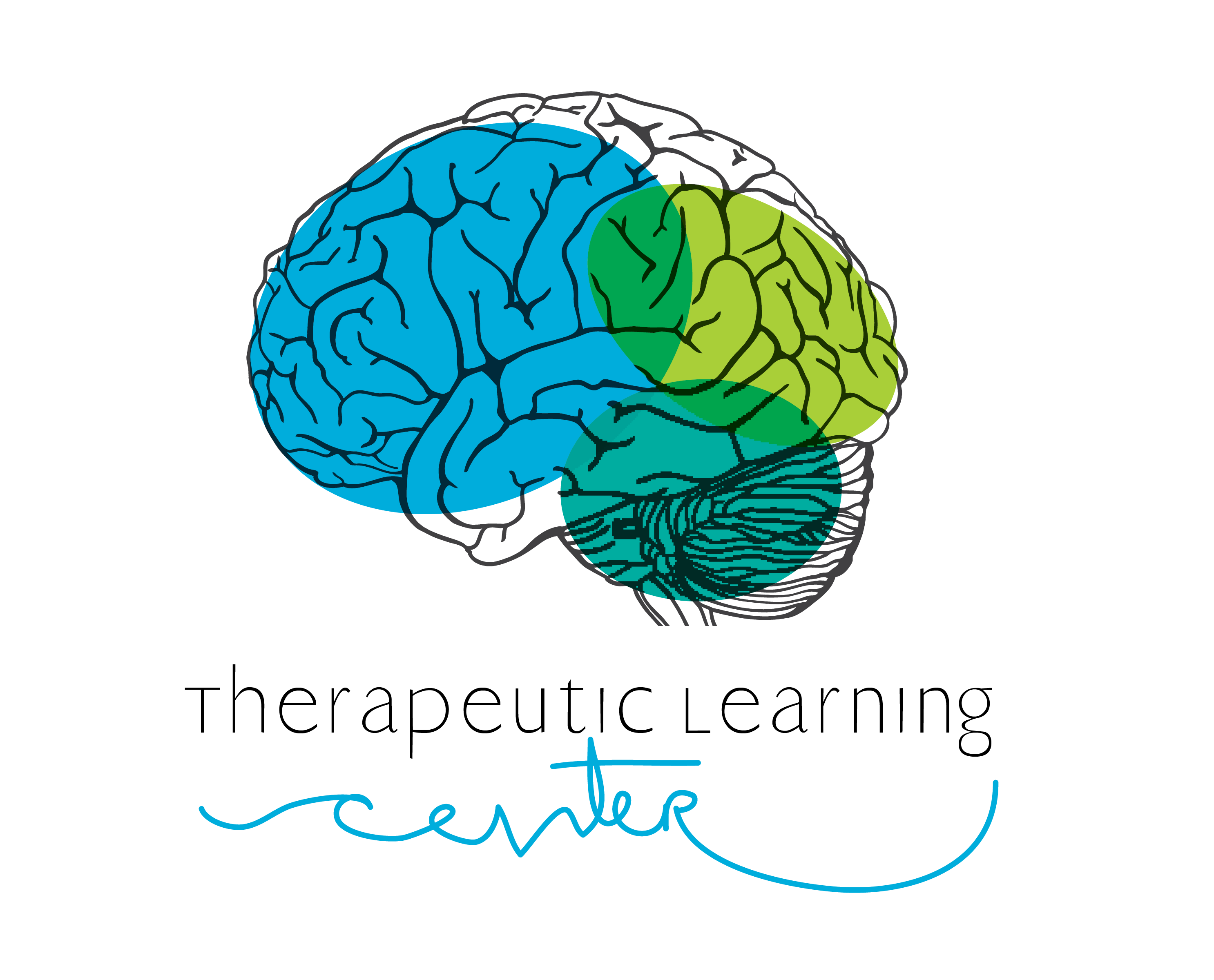Brain research on neuroplasticity has proven that through targeted and intensive training, the brain can literally change and grow. New and permanent neuropathways or connections can be made that will allow individuals to learn new skills and process information more effectively.
Programming is created very specifically for each student based on assessment results and what it will take to make the needed changes in the quickest and most effective way possible.




